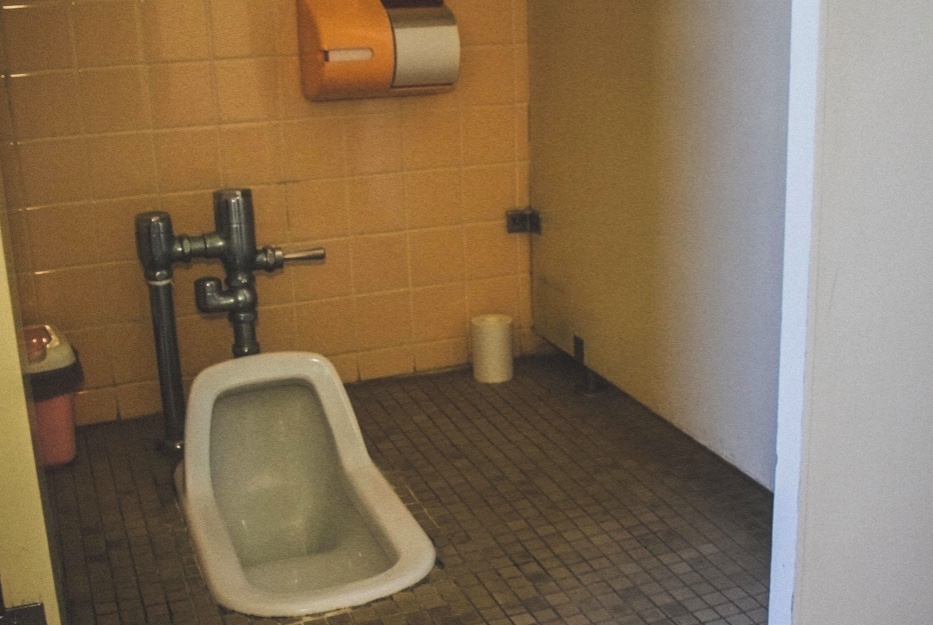The history of Japanese-style toilets in Japan is long and varied in form.
So when were the ceramic flush Japanese-style toilets used today first made?
Let’s take a brief look at the process of making today’s Japanese-style toilets.
History of ceramic Japanese-style toilets
The ceramic flush Japanese-style toilets THAT ARE USED today, were first made in the 1900s.
In 1904, the Nippon Toki Gomei Company is said to have produced Japan’s first ‘Japanese-style flushing urinal’ and ‘Western-style urinal’.
Western-style toilets and Western-style urinals had already been introduced from Europe during the Meiji era.
However, as research into sanitary ware was not yet advanced at the time, there were no Japanese products on the market, and all were imported from European and American manufacturers.
Later, research progressed and in 1914, the first ‘Seito Research Institute Flushable Toilet’ was shipped to Japan, followed by gradual changes that have continued to the present day.
Causes of the decline in Japanese-style toilets
Until 1955, most households used Japanese-style toilets, but Western-style toilets began to spread in 1959, when the Japan Housing Corporation adopted Western-style toilets.
Later, with the development of septic tanks, water and sewage systems, and the emergence of hot-water washing toilet seats and the water-saving boom, many of the advantages of Western-style toilets began to be communicated, and by the 1980s the number of Japanese-style toilets shipped fell below 20% of the total.
Against this historical background and in the process of improving the functions of Western-style toilets, only the advantages of Western-style toilets came to be highlighted.
Conversely, Japanese-style toilets are often said to have only disadvantages, but they are by no means all disadvantages.
Advantages of Japanese-style toilets
Compared to Western-style toilets, the shape is simple and easy to clean.
If the floor is made of tiles, etc., they can be washed together and the dirty water can be flushed down the toilet.
The shallow tank also has the advantage that it is less likely to splash when defecating.
Compared to Western-style toilets, they have a simpler structure and are therefore relatively inexpensive.
In practice, however, it is difficult to imagine remodeling to a Japanese-style toilet.
However, some public facilities such as department stores and public toilets use Japanese-style toilets.
Disadvantages of Japanese-style toilets
The shallow tank has the disadvantage that it tends to emit a bad odor when defecating.
Most Japanese-style toilets are flushed using only the force of water, so there is no suction action.
This makes it difficult for toilet paper to flow.
Japanese-style toilets tend to look unhygienic because the inside and surrounding area of the toilet bowl is in full view.




Comments